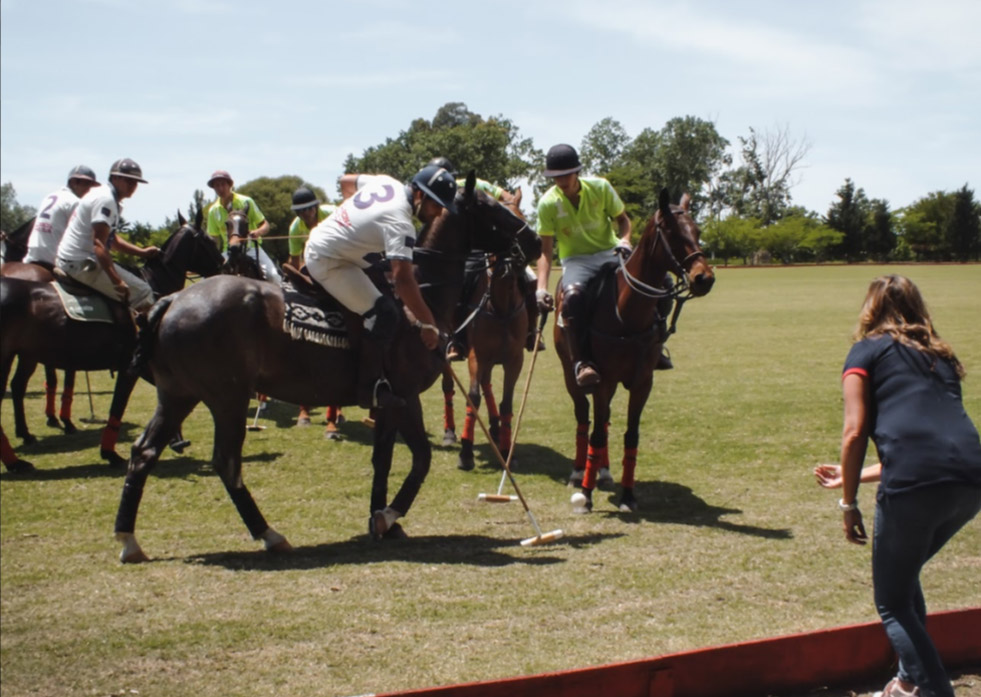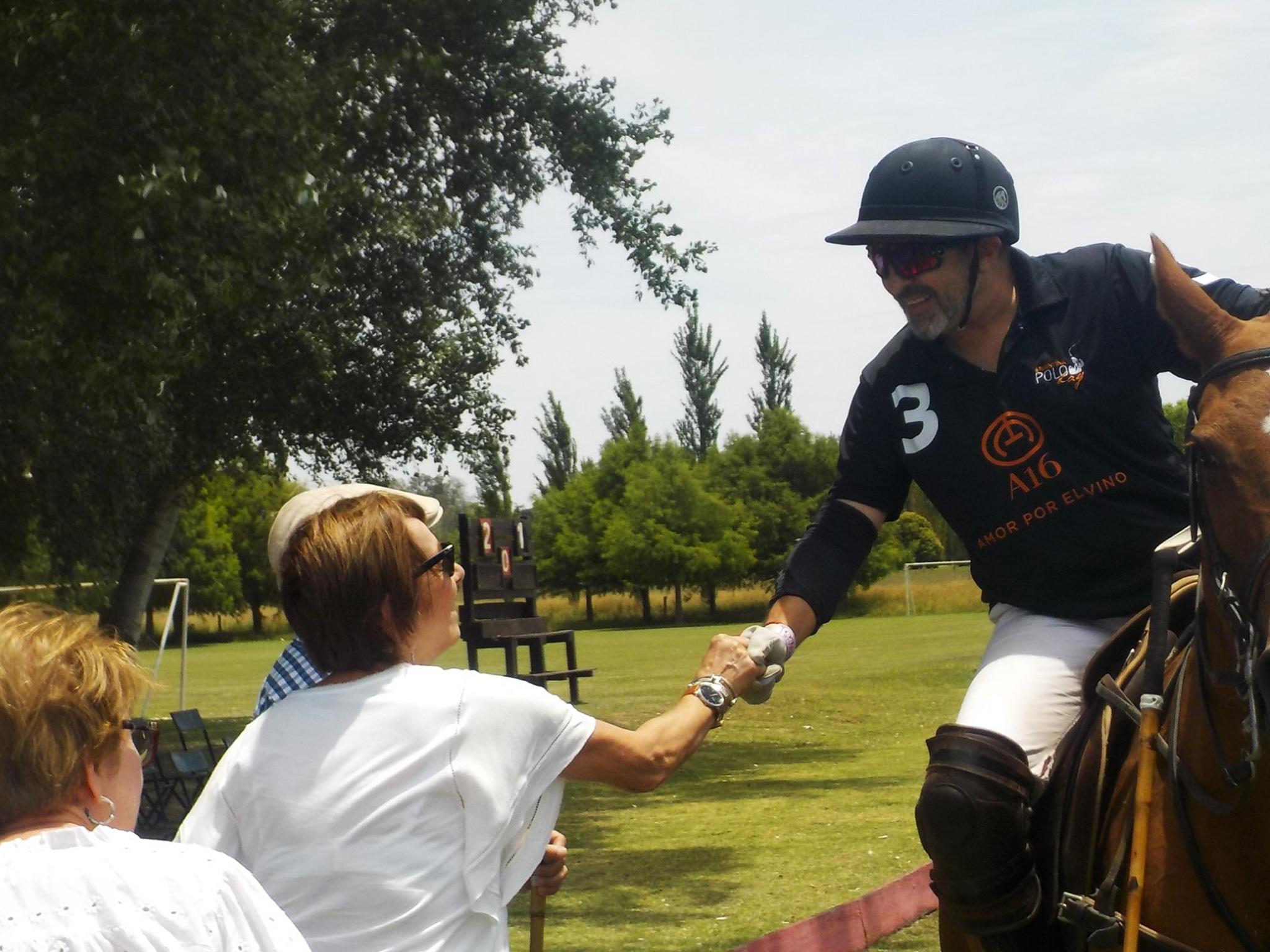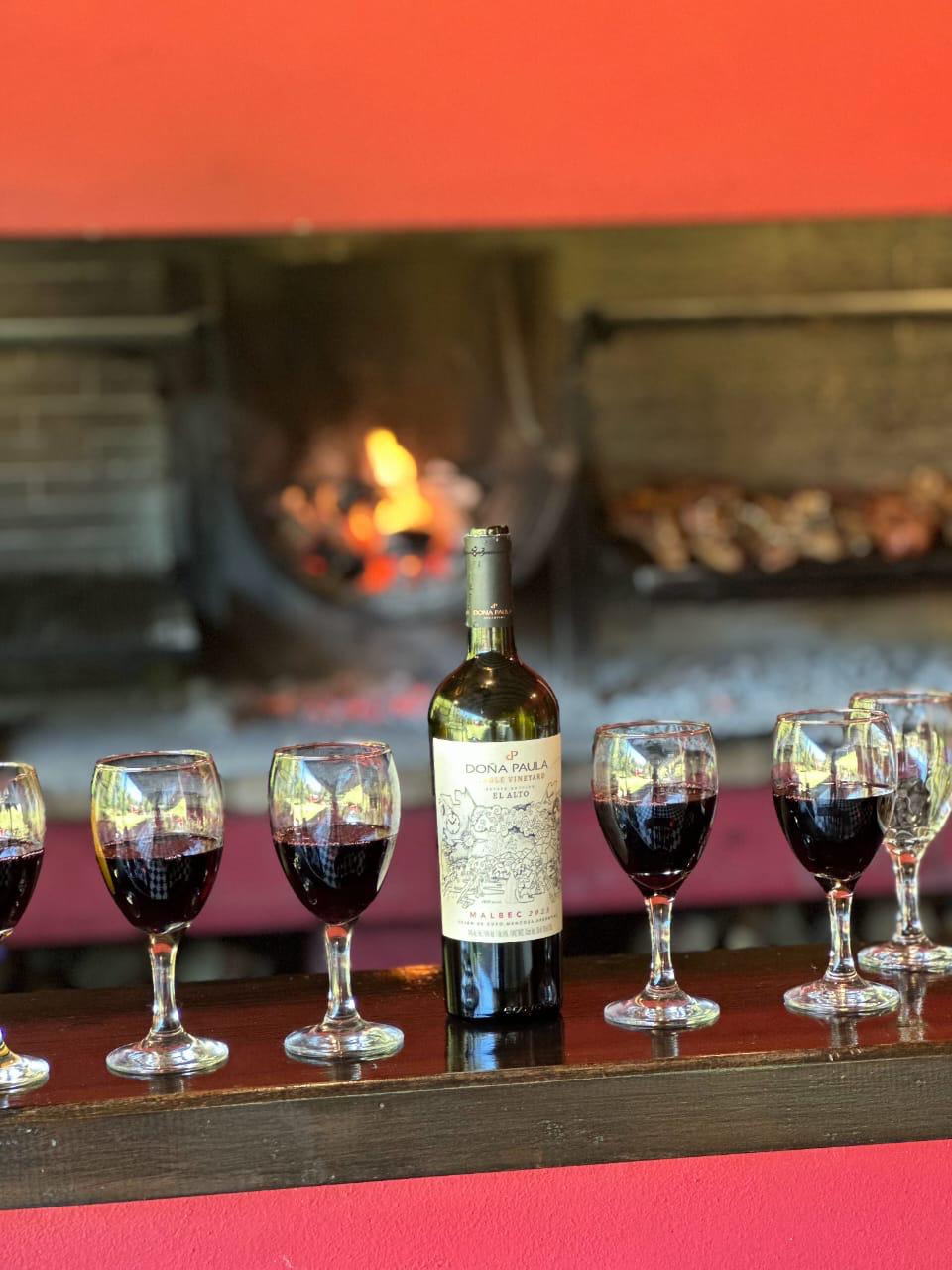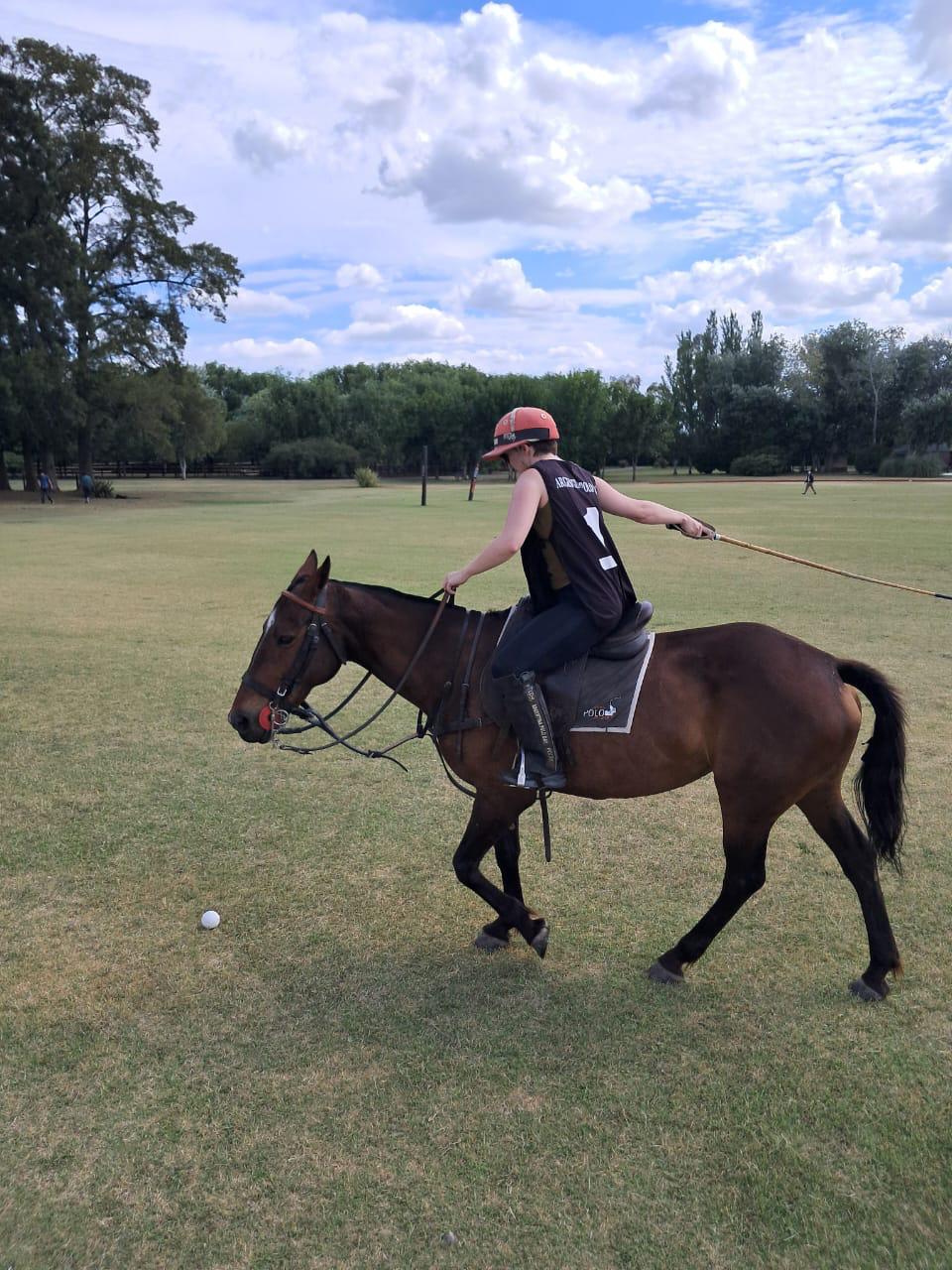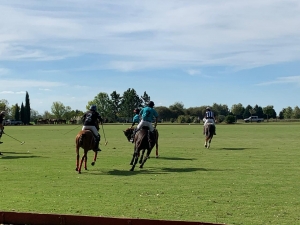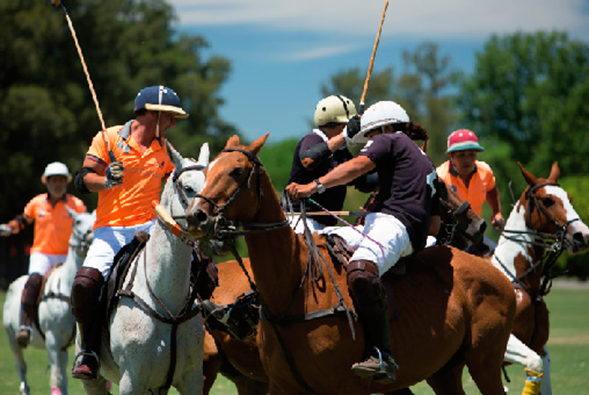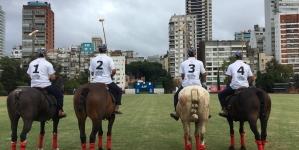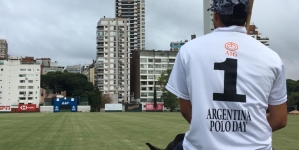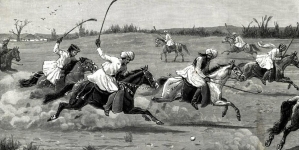-
Después de ser gastronómico se puede manejar un aeropuerto - 14 agosto, 2025
-
DÍA DE ESTANCIA, ASADO Y POLO - 12 agosto, 2025
-
Discover Argentine Polo and Argentina Polo Day: FAQs - 11 agosto, 2025
-
What are Polo Day and Polo Night - 10 julio, 2025
-
What Are the Basic Rules of Polo? - 27 junio, 2025
-
Creando experiencias de alto valor - 6 junio, 2025
-
Encuentro positivo y productivo con Marca País Argentina - 6 mayo, 2025
-
Polo, vino y tradición: una colaboración que destaca lo mejor de Argentina - 8 abril, 2025
-
What Equipment Is Needed to Play Polo? - 25 marzo, 2025
-
Argentina Polo Day Magazine #4 - 14 marzo, 2025
Suitable Polo Equipment for a Match
Polo is a very intense and passionate sport promising high doses of adrenaline to anyone who practices it. However, as in any sport that combines horses and speed, it entails certain risks. For this reason, players can’t trust their skills alone. They also need adequate equipment to enjoy this activity safely.

The statutory equipment to play a game of professional polo is determined by the Argentine Association of Polo (AAP). This is the entity responsible for establishing and ensuring compliance with all the polo game rules, which guarantees the safety of both the player and the horse.
What equipment must players use to stay protected in the pitch?
- Helmet: it must be hard outside and cushioned on the inside to protect the rider’s head against blows or falls. It also serves to identify the player. Some helmets can include a face shield or chinstraps.
- Riding boots: generally, they are brown leather and protect the legs of the players from blows that may cause serious injuries. They have a small heel that provides the necessary support for the feet to remain well fixed on the stirrups.
- Kneepads: like the boots, these are used to protect the legs of the player from possible blows or falls. They also protect them in case of being pushed by another player in the defense.
- Gloves: protect the hands of the rider and improve their hold on the mallet and reins.
- Elbow pads: provide protection for the player’s elbows in case of blows or falls.
- Protective glasses: provide the player safety and protection against possible impactsor blows.
- Mallet: it’s 1.30 meters long, it’s flexible and always used with the right hand. Even left-handed players must comply with this rule.
- Crop: it’s flexible and light. It’s used to direct and control the horse.
What’s the statuory equipment for the polo horses?
- Shin boots: the legs are the most sensible part of a horse, and therefore, require special protection. To prevent blows, scratches and sprains, and protect the tendons, they must be wrapped with elastic bandages or rubber boots.
- Horseshoes: they protect the hooves of the horse. They must have a ledge that can only be in the inner edge of the horseshoe.
- Saddle: there are different kinds of saddles but, in all cases, the most important thing is for them to be comfortable both for the rider and the horse. They must have a cinch, which holds it to the horse’s body, and a surcingle, in case the cinch snaps. Underneath the saddle, the flap serves to secure the saddle to the horse’s back.
- Stirrups: fixed to the saddle, they allow the rider to secure his feet, providing security and stability.
- Bridle: the leather straps with which the animal is controlled.
- Bit: it’s the part of the bridle that sits in the animal’s mouth to control, halt and direct it. As the mouth is a fundamental area to control the horse and the level of sensibility of each mouth is different, there are different types of bites that adapt to the mouth of different animals.
- Reins: they are used in pairs but separately, to control when the animal stops and turns and to avoid losing control if one of the two breaks or snaps.
- Martingale: serves to keep the horse’s head in the correct position.
Fun Facts
Why do polo horses have their tails braided?
The reason behind this practice is to avoid the hairs of the tail from getting tangled in the mallet.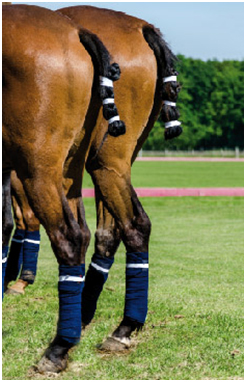
Why do polo horses have their manes cut?
For the same reason their tails are braided, their manes are usually cut near the skin of the animal to avoid tangling with the bridle.
Why do riders always have to use the mallet with the right hand?
It’s one of the basic rules of the polo game and it was stipulated for safety reasons. This rule applies to both right and left-handed players. In the latter’s case, it’s recognized that they hit the ball with less precision but they guide the horse more skillfully.
Who saddles and prepares the horse for the pitch?
The petisero is responsible for preparing the horse for the game, and therefore, has a fundamental role in regards to the safety inside the pitch. The petiseros know the horses best, and are most highly skilled in the tasks that requires time, experience and a lot of dedication.





